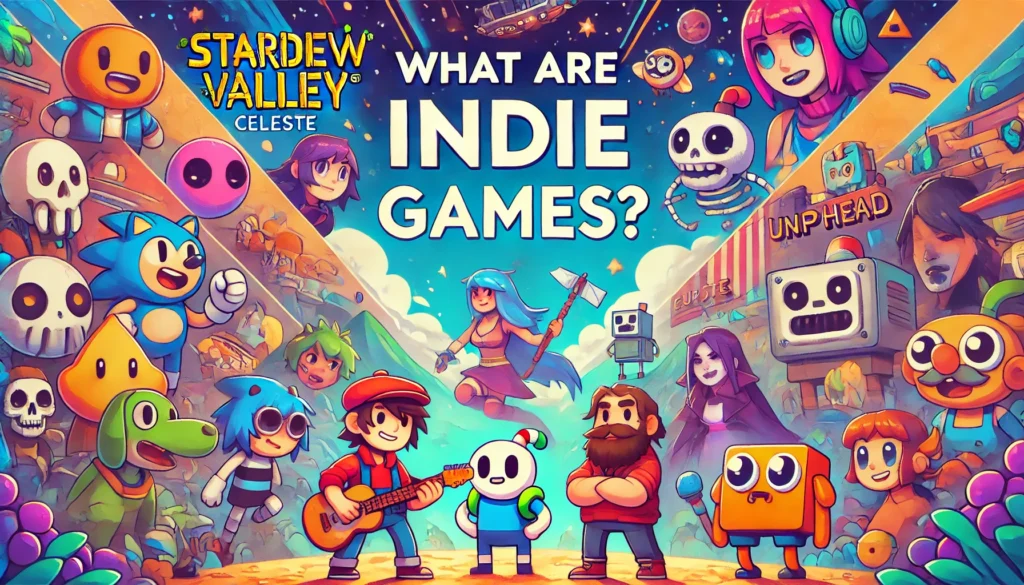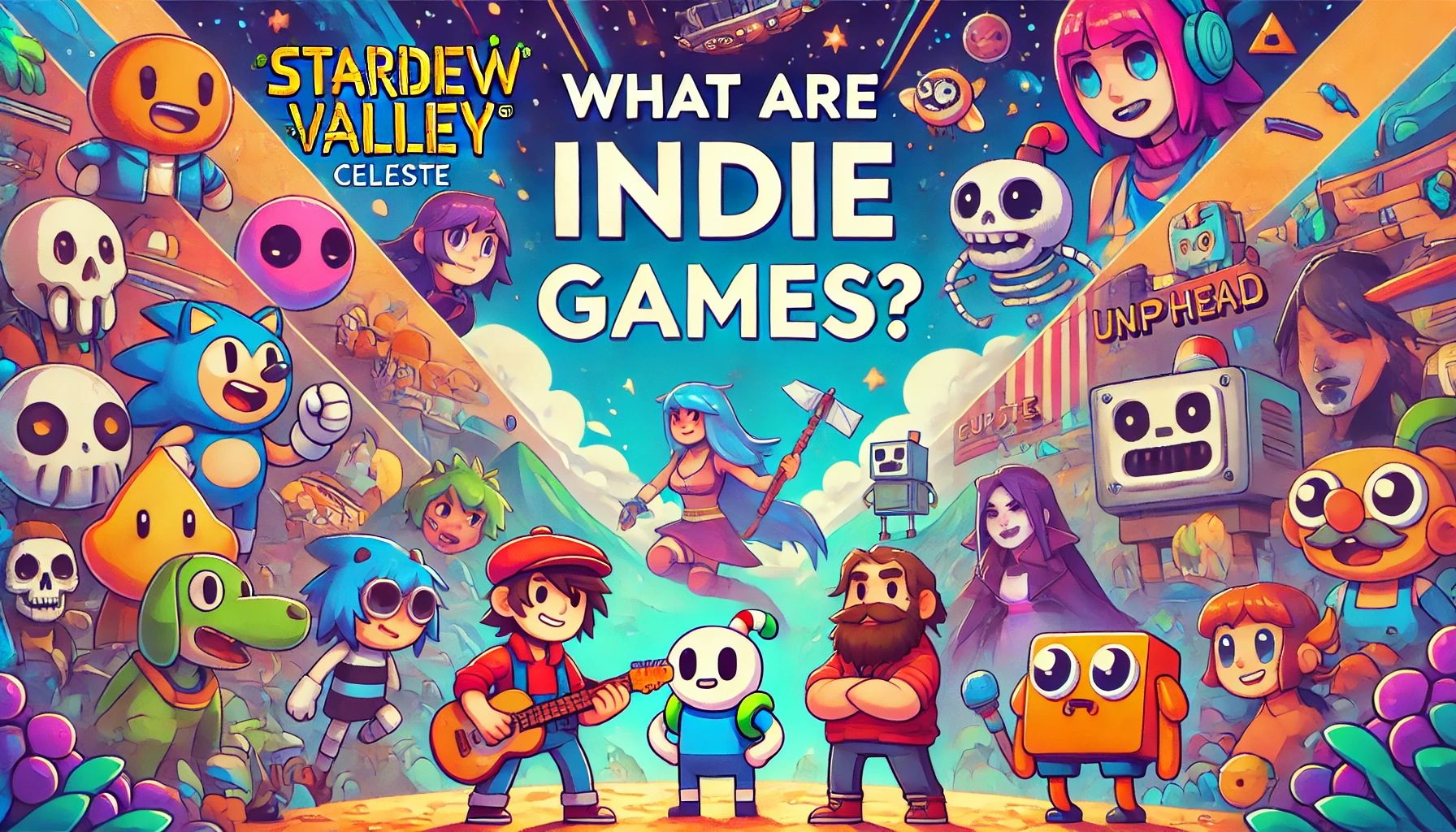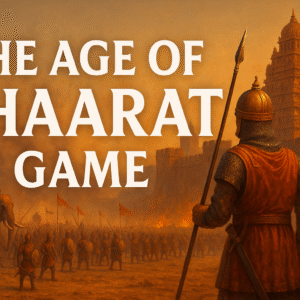When someone inquires, “What are indie games?” they are usually interested in games made independently, without the financial support of major publishers. Indie games, which stands for independent games, are crafted by smaller teams or even solo developers who enjoy full creative control. These games often showcase innovative gameplay, unique narratives, and artistic flair, offering experiences that mainstream titles sometimes miss.
The rise in popularity of indie games can be attributed to their ability to provide players with fresh and original content. They break away from the formulaic, high-budget mainstream games. A perfect example of this is “Stardew Valley,” created entirely by Eric Barone, who spent four years developing his farming simulation game, winning over players worldwide with his unique artistic vision and personal storytelling.
From my own experience, diving into indie games has always felt like discovering hidden treasures. Games like “Celeste” and “Undertale” deliver emotional narratives combined with inventive gameplay mechanics, reshaping the understanding of what indie games represent in today’s gaming landscape.

How Are Indie Games Developed?
To grasp what indie games truly are, it’s essential to examine their development process. Unlike mainstream games that involve hundreds of developers and hefty budgets, indie games usually operate with limited resources and smaller financial backing. Take “Cuphead,” for example; it was created by two brothers working diligently from home, resulting in a visually stunning game that sold over 5 million copies by 2020.
Indie developers frequently use accessible game engines like Unity or Godot, which helps keep production costs low. Platforms like Steam or itch.io enable indie creators to share their work directly with players, bypassing the need for a large publishing house. Additionally, crowdfunding sites like Kickstarter allow creators to secure initial funding, as seen with successful projects like “Hollow Knight.”
Indie developers revealed their deep passion for creating games, which truly embodies the essence of indie gaming. Each developer has a unique story filled with dedication, creativity, and a willingness to take risks.
The Impact of Indie Games on the Gaming Industry
When we talk about indie games, we also need to recognize their profound influence on the gaming industry. These games have brought diversity, creativity, and innovation to the forefront, pushing major developers to rethink traditional game design. They demonstrate that engaging gameplay and compelling narratives can thrive without the need for massive budgets or state-of-the-art graphics.
Take “Minecraft,” for example. Originally an indie project by Markus Persson, it skyrocketed to global fame. Its success changed how the industry views indie games, showing that they can hold their own in the commercial arena. Similarly, “Among Us,” which flew under the radar when it was released in 2018, saw a meteoric rise in popularity in 2020, attracting millions of players and altering the landscape of social gaming.
From my viewpoint, the emergence of indie games has significantly enriched the gaming world, offering diverse and meaningful experiences. Understanding what indie games are is crucial to appreciating their ongoing impact on entertainment.
Challenges Faced by Indie Game Developers
While exploring what indie games are, we must also consider the hurdles that developers encounter. Indie creators often deal with financial constraints, limited resources, and fierce competition for attention. Lacking the marketing budgets of larger studios, they heavily depend on word-of-mouth, community support, and grassroots efforts to promote their games.
A great example is “No Man’s Sky,” created by Hello Games. Although it had an ambitious vision, the initial marketing hype led to disappointment after its release because it didn’t meet expectations. Nevertheless, the developers kept at it, consistently updating and improving the game until it eventually received critical acclaim, showcasing the resilience needed in indie game development.
In my discussions with indie developers, they frequently talk about the challenges of balancing creativity with technical issues and marketing. These firsthand experiences highlight the complexities involved in defining what indie games truly are.
Future Prospects for Indie Games
As we delve deeper into the definition of indie games, the outlook for independent developers seems bright. With advancements in technology and greater global connectivity, indie games have the potential to reach a larger audience than ever. Platforms like the Nintendo Switch have welcomed indie developers, further solidifying their place in the wider gaming community.
Games such as “Hades” from Supergiant Games, which has won several awards including Game of the Year, exemplify the incredible potential of indie games. These successes clearly demonstrate what indie games can achieve in terms of both critical recognition and commercial viability.
From my viewpoint, indie games will continue to influence gaming trends by promoting originality and authenticity. Their adaptability and willingness to experiment ensure they play a vital role in the evolution of interactive entertainment, effectively answering the question, “what are indie games?”




Leave a Reply